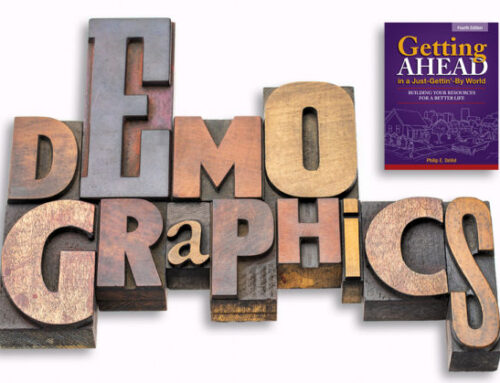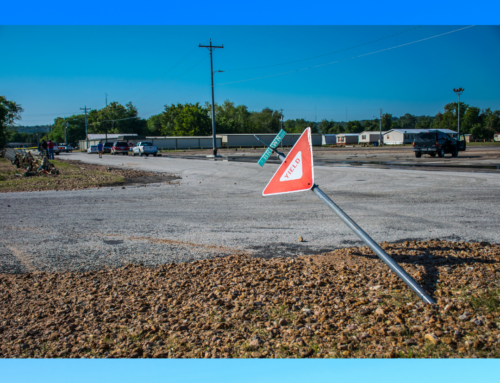Here is a transcript of the video author Phil DeVol did regarding what’s new in the latest edition of Getting Ahead that was released last fall. This video is located here.
Hi, I’m Phil DeVol, author of Getting Ahead in a Just-Gettin’-By World. I want to talk to those of you who have been using Getting Ahead for quite some time about the new book. This is the Facilitator Notes for Getting Ahead, and you’re going to be making the switch from the old book to the new book, and I basically just want to encourage you to read this and to take a look and know what’s in there so that when you start using it you feel comfortable.
Happily, in the workbook, there are not a lot of changes. I could talk about that in a separate video. Things seem to be working really well, and that’s what I’ve been hearing as I go around the country. I went to South Bend, Indiana and Syracuse, New York and met with Bridges steering committee folks, sponsors, funders, Getting Ahead graduates and facilitators, and on our website and in my conversations with people from around the country, you know, we’ve learned a lot since ’04, and now it’s time to put some of this down on paper.
So, just to say some of the things that I think I want to draw your attention to in the facilitator notes: There’s a section about how it actually works. So, in there, I kind of lay out the recipe for what makes it work. In the last book I said trust the process; in this book I think you should trust the process, but now you know why.
You’ll read about the five underlying learning sequences that you don’t want to break up, you want to do it in the order in which it’s designed. You’ll be looking at the kitchen-table learning experience, and then five unique tables about the unique features of Getting Ahead. These are about the content and how it works and how it fits in the community, and these five tables are really going to help you stay on course and see whether or not you’re adhering to the model. So I think those things will be helpful.
There’s a whole piece on how to run Getting Ahead, so your sponsors, funders, and so on will enjoy the accountability tables that they’ll see there so we can set out the rules about who does what.
There’s a piece about how Getting Ahead fits inside of a community initiative so that it doesn’t stand alone, and when to start Bridges, and how to interact with the different sectors that are using the work. So there’s the Bridges continuum in there, and the idea that there’s real value in what Getting Ahead brings to an initiative in the sense that the Getting Ahead graduates define what poverty is like locally, they give us an assessment of the community, and they tell us what the barriers are to stabilizing their lives and building resources.
Of course, there’s a lot about the support for Getting Ahead graduates, and that happens on three levels. We’re learning a lot about what Getting Ahead graduates can do for each other when they take charge of things, and then there’s what institutions are doing to support their graduates, and then there’s the typical things that we think of in the community. I don’t think we’re done innovating there or learning, and I direct people to websites so they can learn more, but I think that’s one area that we could not talk about last time, and now we have a lot to say.
In the module-by-module instructions, I just want to encourage you to read those too, because I put little tips in there that you’ll want to know about. For example, there’s a huge community assessment, a new piece to it, and you’re going to want to set up your investigators for starting the investigation of that before they get to Module 8, so in Module 4 I kind of suggest that you do that. Those kinds of instructions are buried inside the module-by-module instructions, so make sure you do read them.
In the Appendix, there’s how to plan a graduation party, and what it means to be a Getting Ahead graduate, and then there’s the introduction to CCI and the kind of web-based work they can do for us. They have taken the new self-assessment, embedded it in there, so we can actually track the development of resources for Getting Ahead graduates and get aggregate data. It’s now affordable, too, so I really encourage you to take a good, hard look at that.
So my final word on the facilitator notes is: Please read them. And stay in touch with me, and let’s use the website and continue to share our learning. Thanks for all that you help me with.









